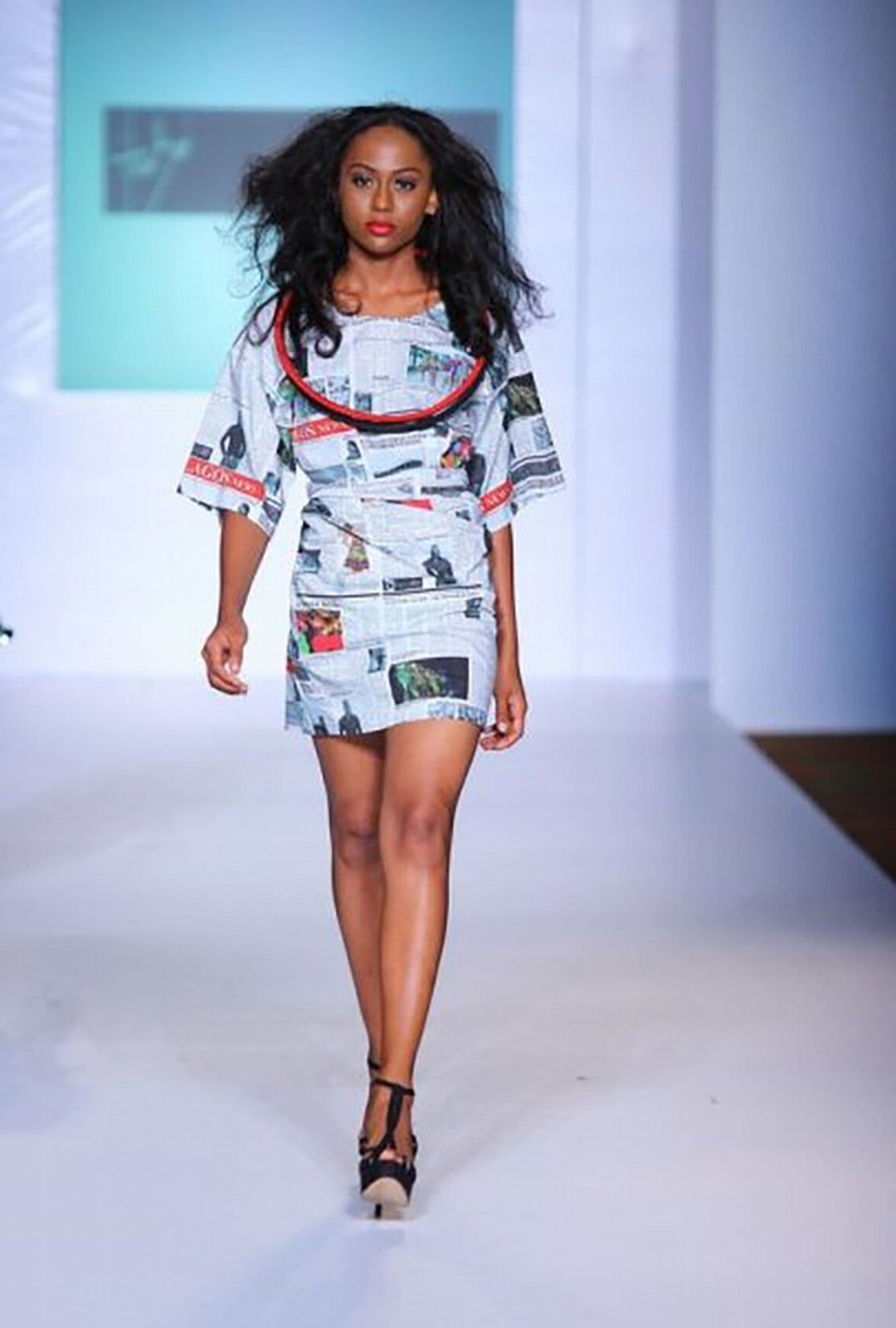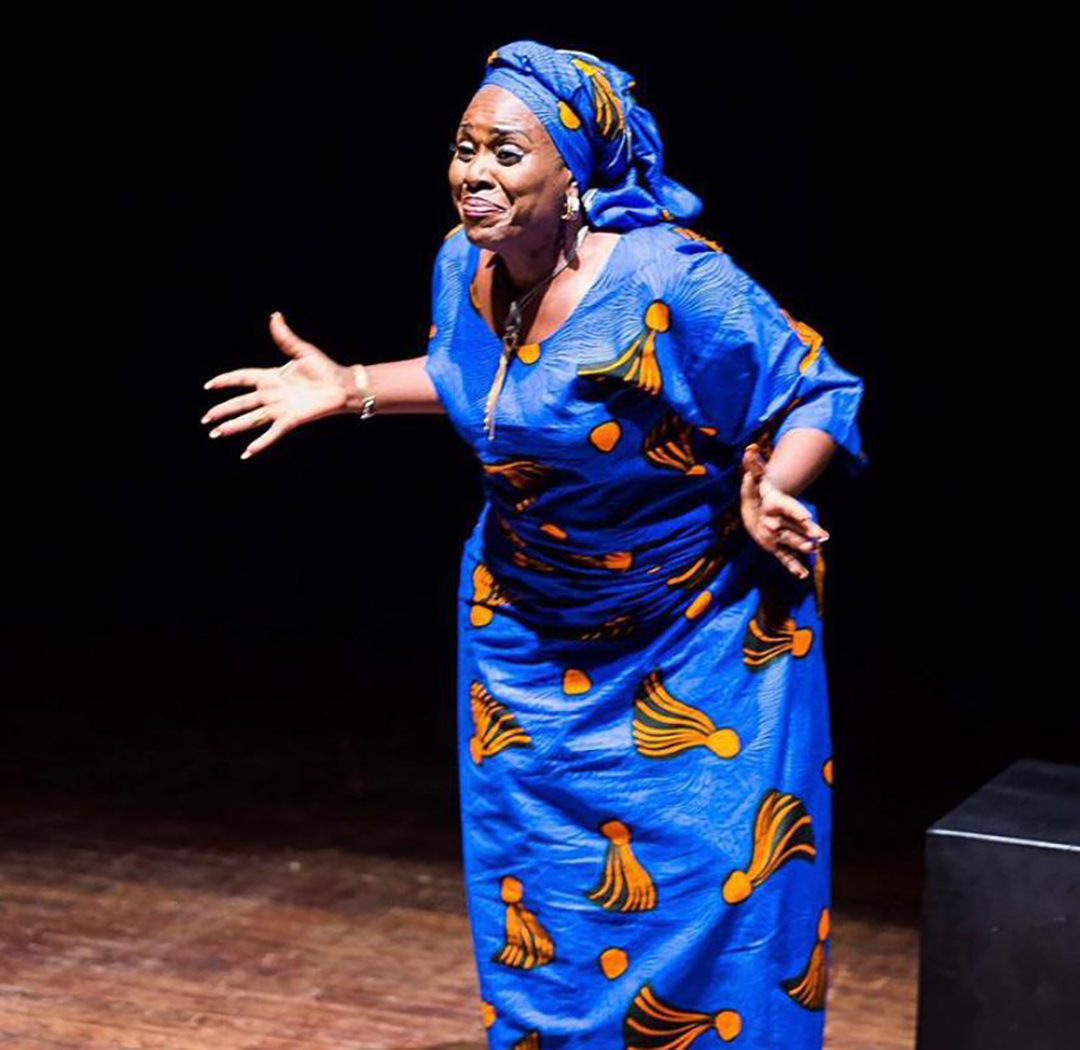
28 Oct IRO AND BUBA: THE ICON OF ALL FASHION ICONS.

It’s a fact that ‘Iro and Buba’ is the original Nigerian fashion icon. Originated from the Yorubas, the Iro and Buba is one ensemble that is truly and proudly Nigerian. Its Yoruba heritage has been adopted and owned with pride by all Nigerians. This phenomenal national treasure has been worn at least once by 80 percent of Nigerian women. It is indeed the great uniting force in the Nigerian fashion firmament, begging the argument that an introduction of this staple in our political consciousness could yield some amazing results.


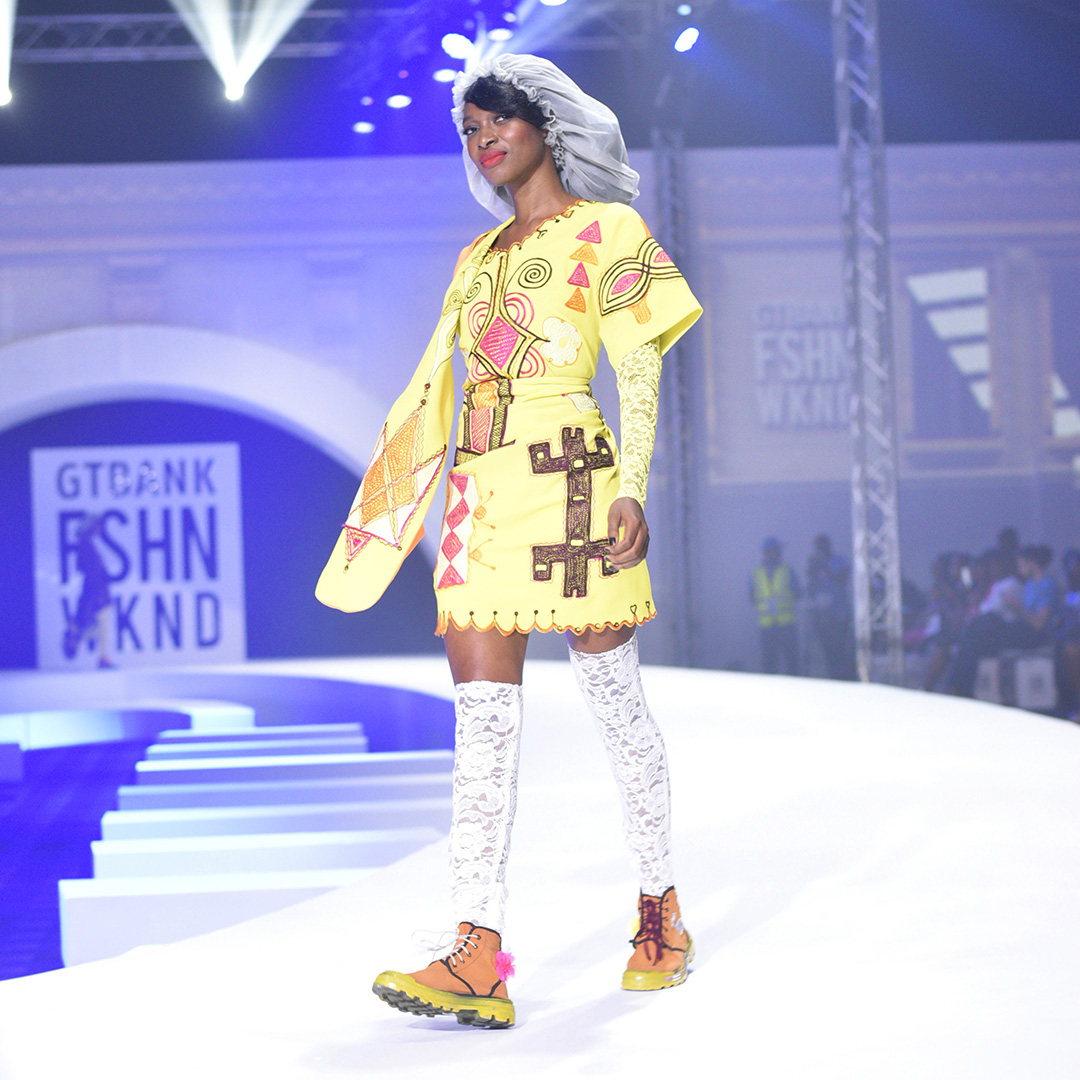
A recent visit to the NIKE Art Gallery in Lekki, unearthed a treasure trove of this symbol of Nigerian fashion in all its ramifications thus leading us to a discourse of the Iro and Buba as a means of expression, with its own unique voice.
Who wears the Iro and Buba? The ‘high and mighty’, the Oloris, ministers, captains of industry, artistes, celebrities, religious and secular ‘important personalities’ as well as the non-celebrated important women who make our society work; street cleaners, market women, security people, nurses, back-up singers and ‘waka-pass’ actresses. And I venture to add even the less savoury of our sisters; petty criminals and their ilk.
The Iro and Buba has been around for ever and is still much loved. Nigerian women never tire of it especially the Yorubas. Sometimes like an old wife, it is relegated to the ‘isale akpoti’ in favour of a new ‘iyawo’. But like the tried and tested ‘iyale’ it bides its time and re-invents itself. It is elegant, comfortable, ‘forgiving’, practical, casual, dressy and cool in our hot climes. It looks amazing on different body types and can be worn by young girls, pregnant women, old women, plus sized women and ‘lepas’. The Iro and Buba has been presented in the original aso-oke, both traditional and modern. It has reincarnated as lace; heavy, light, voile, organza, guipure, satin, woyonsi, dry and not-so-dry. It has evolved as damask, silk, adire, brocade, Ankara, egba-to-line. So tay we tire sef. Just when it was thought the Iro and Buba could not possibly be re-invented – enter ITUEN BASI with her ‘Lape and Shalewa’.


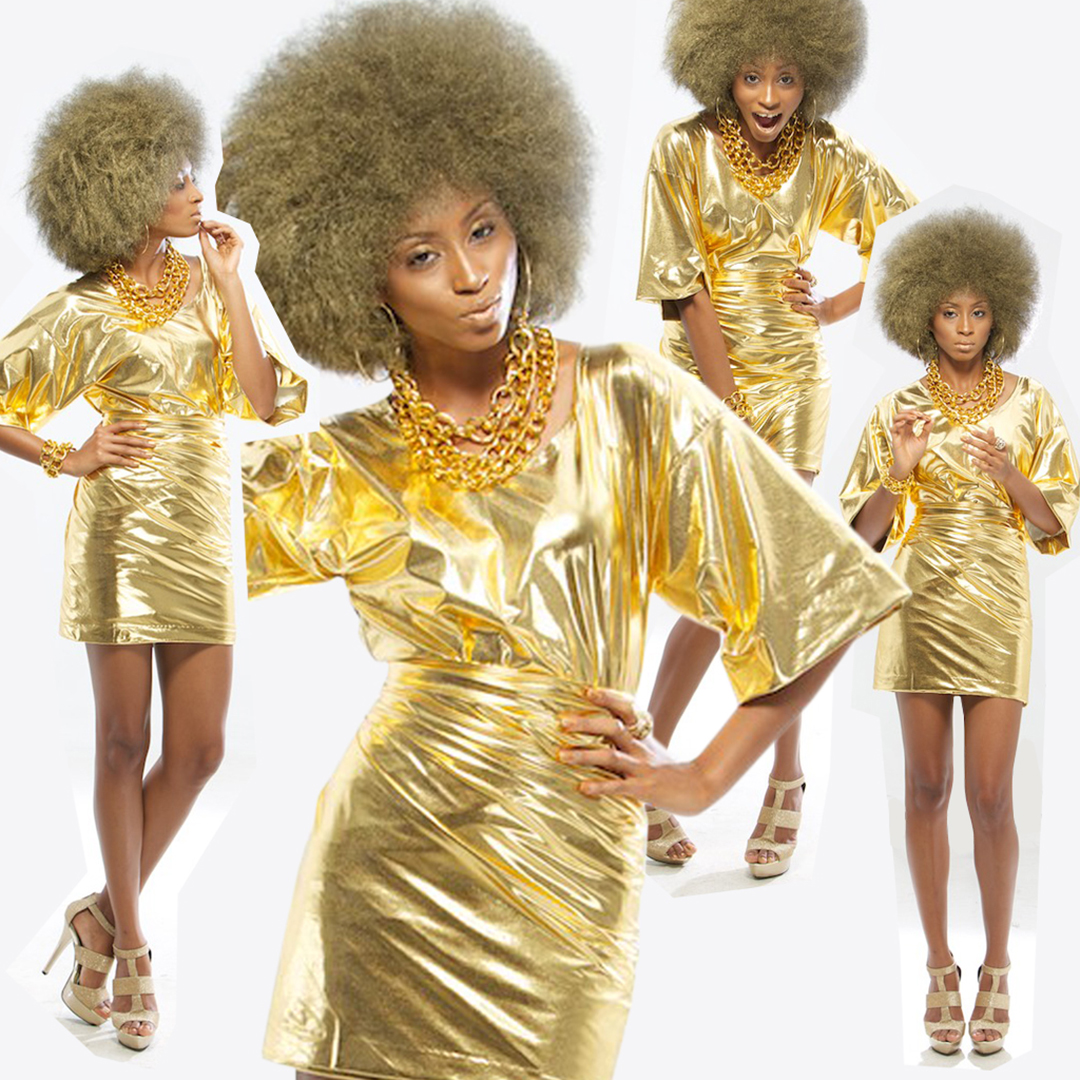
We sat down recently to chat with this fashion visionary and sought an insight into her delicious take on the ubiquitous Iro and Buba.
From the interview we garnered that Ituen is not just a designer but a fashion historian as well. Her ‘Independence’ collection for the celebration of Nigeria’s golden jubilee saw a re-launch of the Iro and Buba with the introduction of what is popularly known as the Oleku. Ituen’s innovative offering of the Iro and Buba created a frenzy among young people who had condemned Iro and Buba to their mothers’ generation and would never be caught dead or alive in anything less fashion-forward than skinny jeans. The same mothers’ generation jumped right in as they remembered their mini iros worn with short-sleeved bubas, platform shoes, towering Afro wigs and silver lipstick. Now everyone and their mother wears Oleku!



Ituen explained that the ‘Independence’ collection was an attempt to create a bridge between the old revered styles that had served us well and the current practical and modern trends that must take us into the future.



Just as Nigeria’s new crop of young music artistes have reclaimed their heritage by reinventing ‘neo/afro/beat/pop/rap/highlife’ music with full ownership, while paying homage to those that came before them, Ituen has always felt the fashion industry owes posterity the acknowledgement of our fashion past. “It is important to remember who we were, as we celebrate who we are and strive to become who we want to be. Our national dress, especially the Iro and buba has the permanence to help us do this. All we have to do is rework its relevance in the present to further secure its future” she said.
Ituen Bassey continues, “As a designer it is important to understand how trends happen in different environments, what influences and drives them. Our Iro and Buba experiment was two-fold. First we needed to track Nigerian trends and secondly we wanted to check our fashion industry retail readiness. For this we needed an indigenous piece of garment that was not trending internationally. It had to be a piece that had no external influences. The Iro and Buba was the perfect example. A familiar garment that we are conscious and unconscious of. It is both revered and treated with disdain. What we did was to inject some sass in it, we colour blocked it, ‘ankaranized’ it and sent it down international runways to incredible reception. We produced it in international standard sizes and sold it as ready-to-wear, again with amazing reception. It has since remained a staple in all our subsequent collections”.


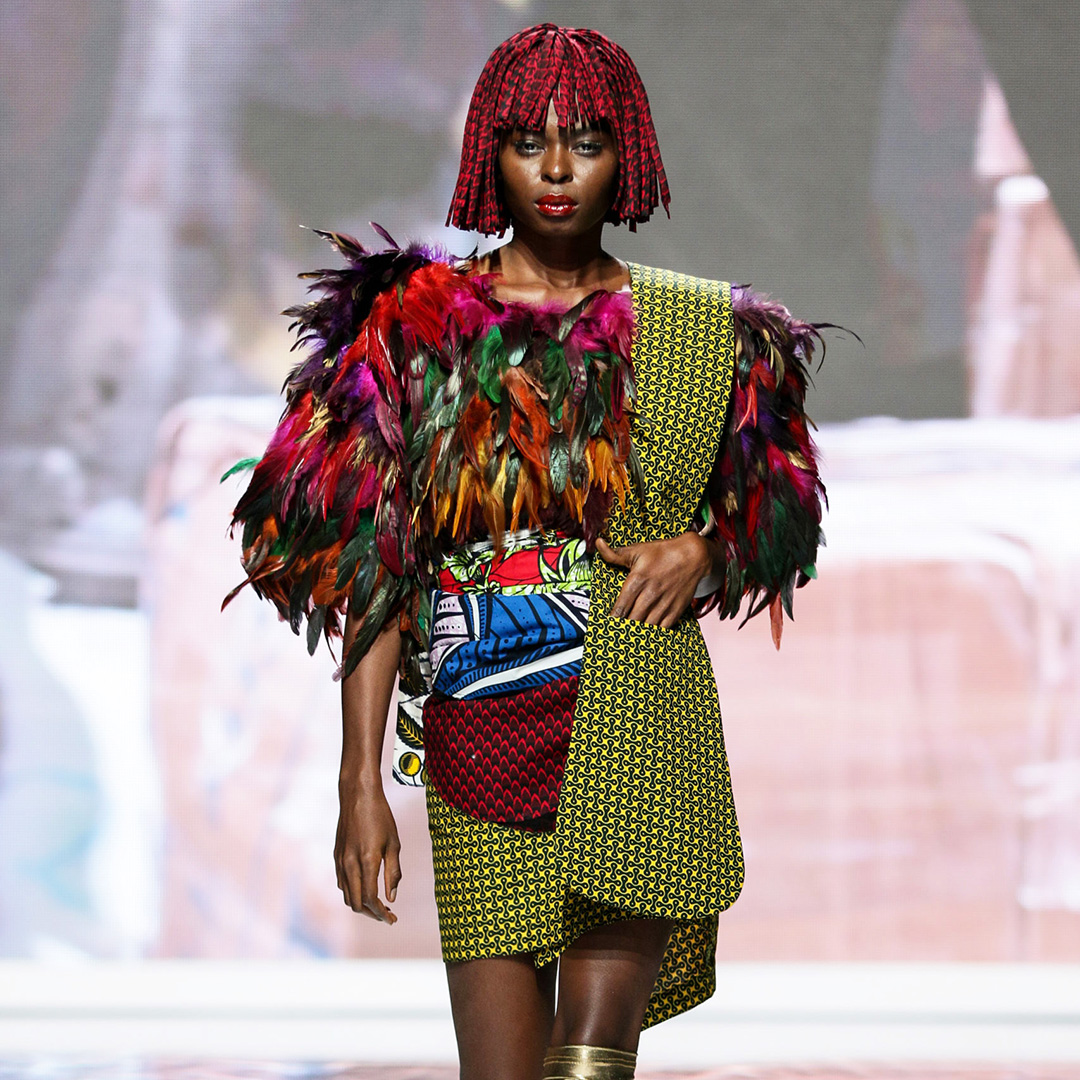

Not one to sit on her laurels, Ituen Bassey seeks to expand and extend the boundaries of the what, where, how, and when of Iro and Buba even more and I believe we will all be pleased as punch with the new developments. Her inspirational expansion of ‘Lape and Shalewa’ is exciting as it transforms to suit every fashion demographic, translating from day to night, work to play and always underscored with absolute FUN!
The modern Nigerian woman comes in all proud and colourful shades. They have worked and fought hard for a place at the head of the table. They are politicians, artistes, educators, entrepreneurs, academicians, home-makers, mothers, grandmothers, single, married, preachers, pilots, young, old and in-between. They are stoic, strong and phenomenal. These women might choose the ‘Lape and Shalewa’ as a means of self-expression for this fashion season but like the Iro and Buba they will always remain relevant and timeless.
As a fashion trend the Iro and Buba will enjoy its place in the spotlight as ‘Oleku’. It will morph into another variant. It will at some point not be the ‘favoured’ one. It might not be celebrated at the clubs nor be the choice uniform for church choirs. But Iro and Buba’s stubborn tenacity will ensure that it is still the uniform of market women and will retain the pride of place at the Oba’s palaces. It will never go out of fashion at Yoruba engagement parties as it holds its place in history as Nigeria’s most celebrated fashion icon. Long live the humble yet noble Iro and Buba!

